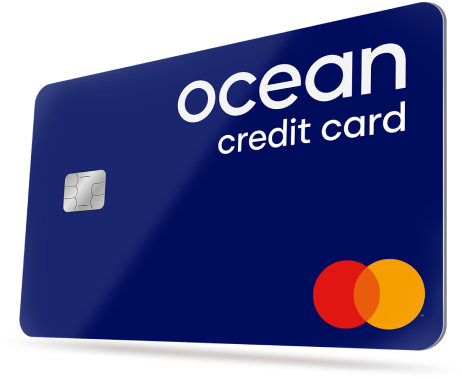What are the different types of introductory offers?
The three main types of introductory offers on credit cards are 0% balance transfers, 0% purchase transfers, and 0% money transfers.
0% balance transfers
A 0% balance transfer allows you to move existing credit card debt to a new card with no interest on the transferred amount for a set period.
0% interest on purchases
Having 0% interest on purchases allows you to spend without having to pay any interest.
0% money transfers
A 0% money transfer allows you to transfer cash directly from your credit card to your bank account. No interest is charged on the transferred amount for a specified period.
Choosing the right introductory offer for you
Choosing the right credit card offer involves assessing your financial needs, habits, and goals. Here are key steps to help you make an informed decision:
1. Assess your financial situation
-
Current debt. If you have high-interest credit card debt, a card with a 0% APR on balance transfers might be beneficial.
-
Spending habits. If you plan to make large purchases, look for a card with a 0% APR on new purchases. Alternatively, you could consider a money transfer card if you anticipate needing cash for something.
-
Credit score. Higher credit scores typically qualify for better introductory offers. Check your credit score before applying.
2. Determine your goals
-
Debt repayment. A balance transfer offer can help you pay down existing debt without accruing additional interest. Money transfer cards can also be used to pay down debts that aren’t credit cards, such as loans or overdrafts.
-
Large purchases. A 0% APR on purchases allows you to finance big expenses without interest for a promotional period.
3. Compare key features
-
Introductory period length. Look for the longest 0% APR period available, typically ranging from six to 18 months.
-
Fees. Consider balance transfer fees (usually 3-5% of the amount transferred) and annual fees.
-
Standard APR. Know the regular APR that applies after the introductory period ends, especially if you anticipate carrying a balance.
-
Credit limit. Ensure the card offers a sufficient credit limit for your needs.
4. Understand the terms and conditions
-
Fine print: Read the card’s terms and conditions to understand what happens after the introductory period, and any potential pitfalls like penalty APRs for late payments.
-
Eligibility requirements. Some offers may have specific requirements, such as a minimum credit score or income level.
What happens at the end of an introductory offer?
At the end of an introductory offer, several changes typically occur:
-
Interest rates increase. The interest rate on purchases or balance transfers reverts to the card’s regular APR, which is usually much higher than the introductory rate.
-
New terms apply. Any remaining balance will now accrue interest at the standard rate. That’s why it’s important to have paid off as much as possible during the introductory period.
-
Potential fees. Regular fees, such as annual fees or higher balance transfer fees, might apply.
If you can’t clear your full balance during the introductory period, you could consider moving it to a new 0% balance transfer card. Make a note of the date your current deal ends so you can start shopping around for a new card in good time.
Bear in mind that carrying out a balance transfer won’t automatically close your old credit card. Any remaining debt still needs to be paid off on both your new and old cards.
Am I eligible for an introductory rate?
Whether you’re eligible for an introductory rate depends on your individual circumstances and the lender’s criteria. Your circumstances can also affect how long the offer lasts, how much you can borrow, and the interest rate you’re given.
If you’ve managed your money well in the past, you may be more likely to be approved for competitive interest rates. However, there are also lenders who specialise in providing finance for people with less-than-perfect credit histories.
You can use an eligibility checker to find out how likely you are to be accepted for a card without leaving a mark on your credit report.
Can an introductory offer be terminated early?
Yes, under certain circumstances. Although a 0% introductory rate will be fixed for a set period, your lender can revoke it if you don’t stick to your agreement. It could be cancelled for several reasons, including if you:
-
Miss a payment or don’t pay on time
-
Go over your credit limit
-
Make cash withdrawals using your credit card
If the introductory rate is terminated early, you could be left with an expensive card and no benefits. Any missed payments will flag up on your credit report for six years. This can make it more difficult to get credit in the future.
Ocean Credit Card
See if it's a YES before you apply
- Up to £8,000 credit limit
- Checking won't affect your credit score
- Get a response in 60 seconds
39.9% APR
Representative (variable)
Intelligent Lending Ltd (credit broker). Capital One is the exclusive lender.

Disclaimer: We make every effort to ensure content is correct when published. Information on this website doesn't constitute financial advice, and we aren't responsible for the content of any external sites.






